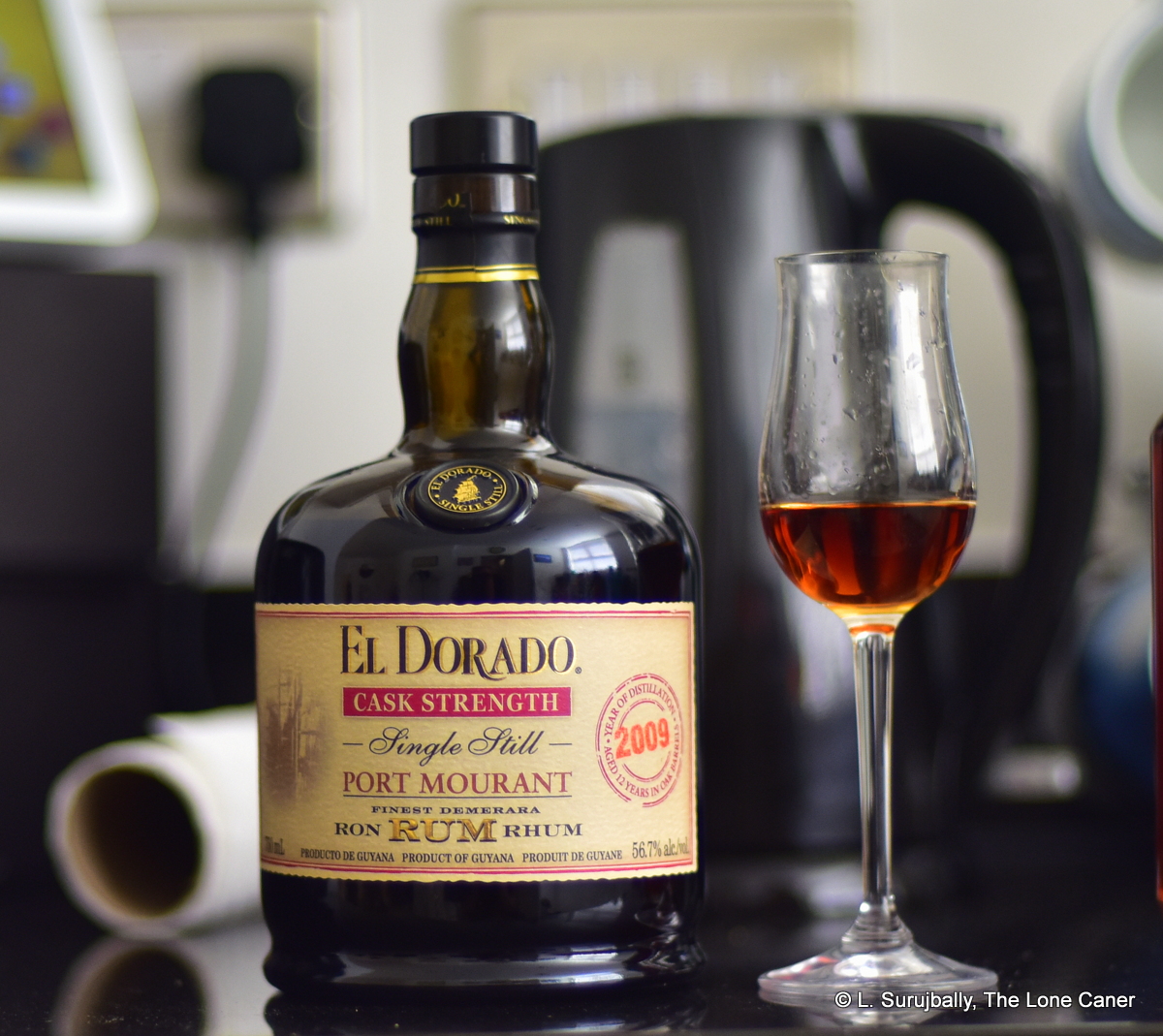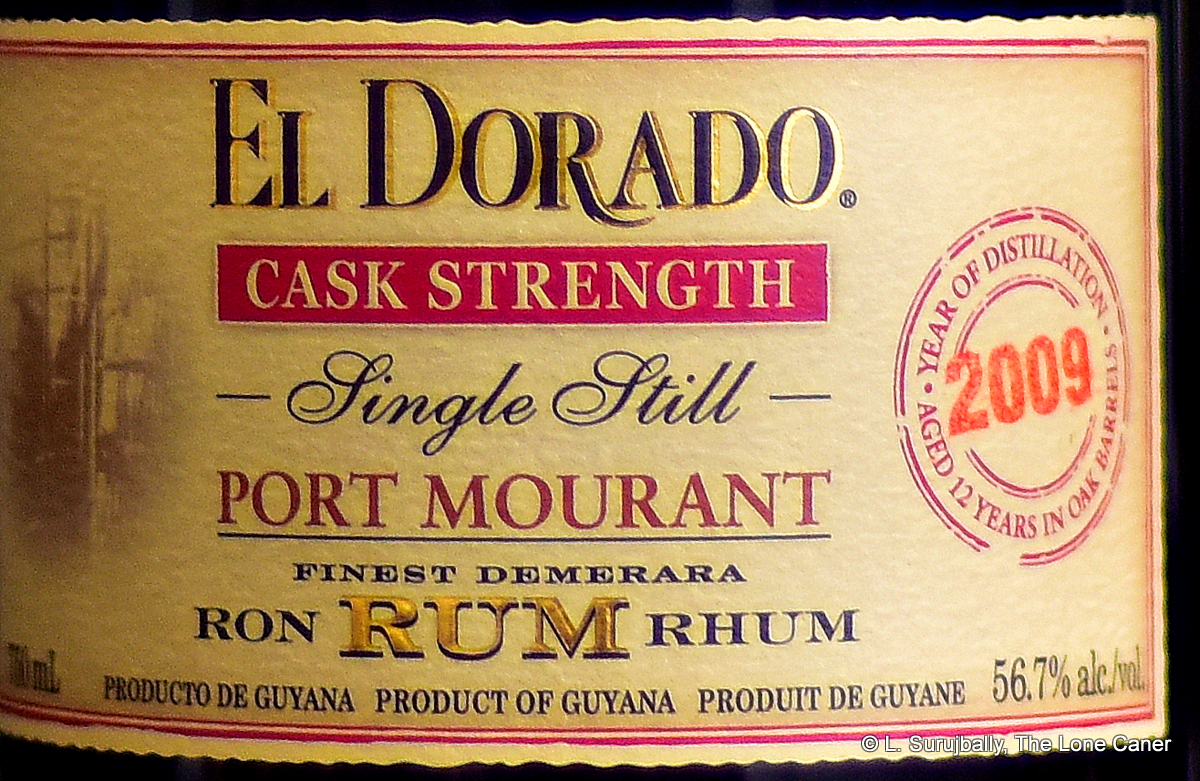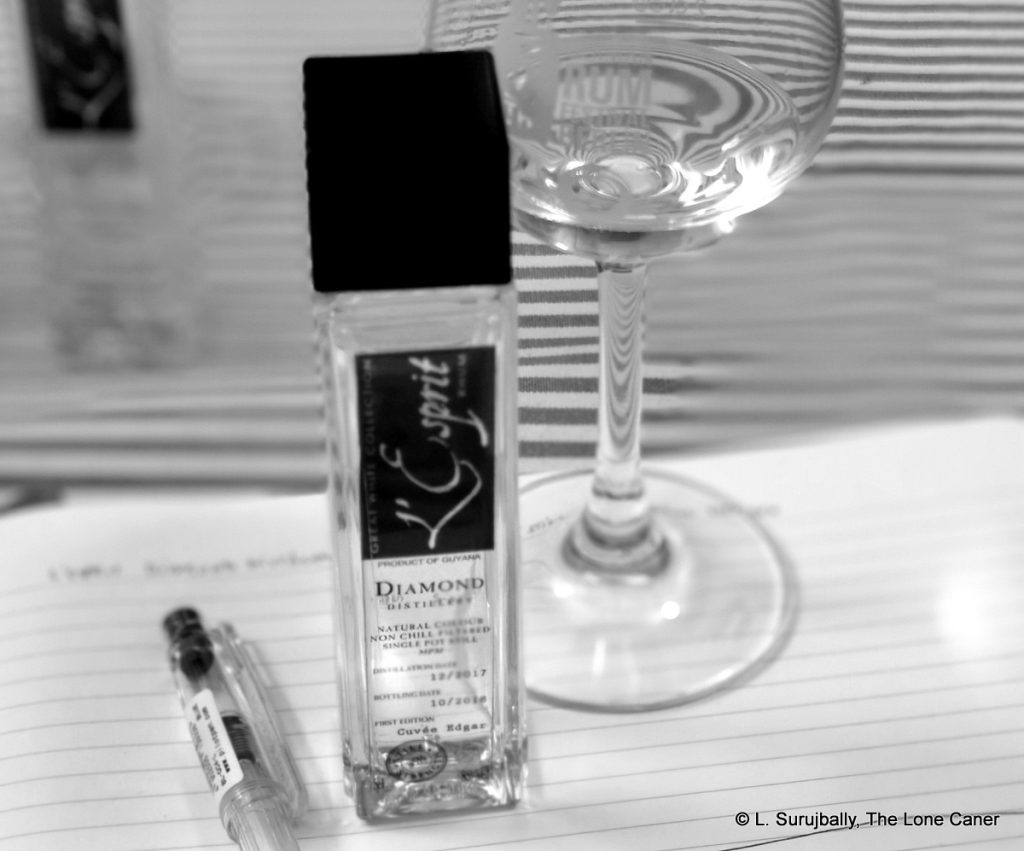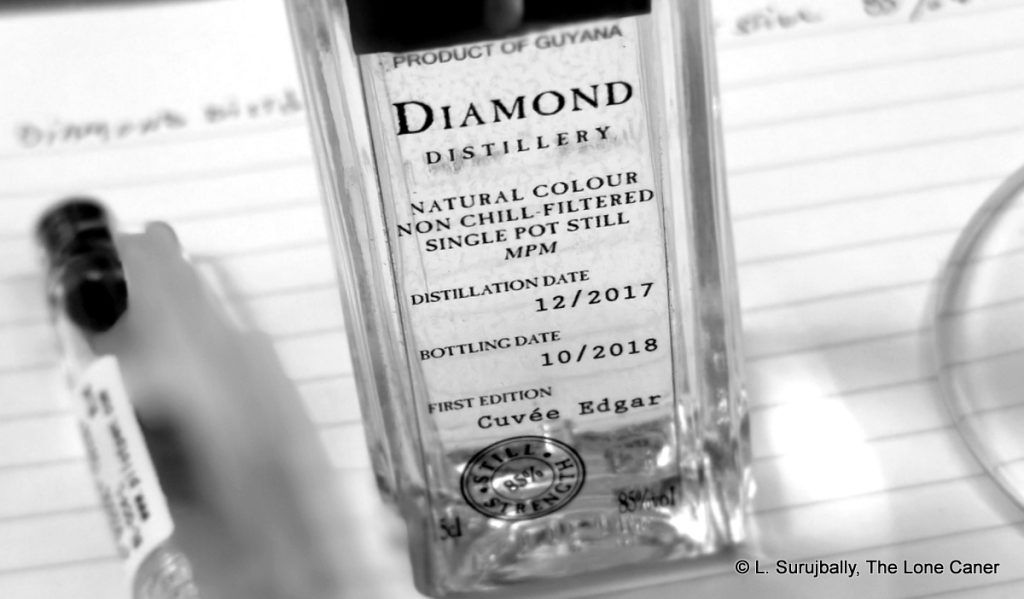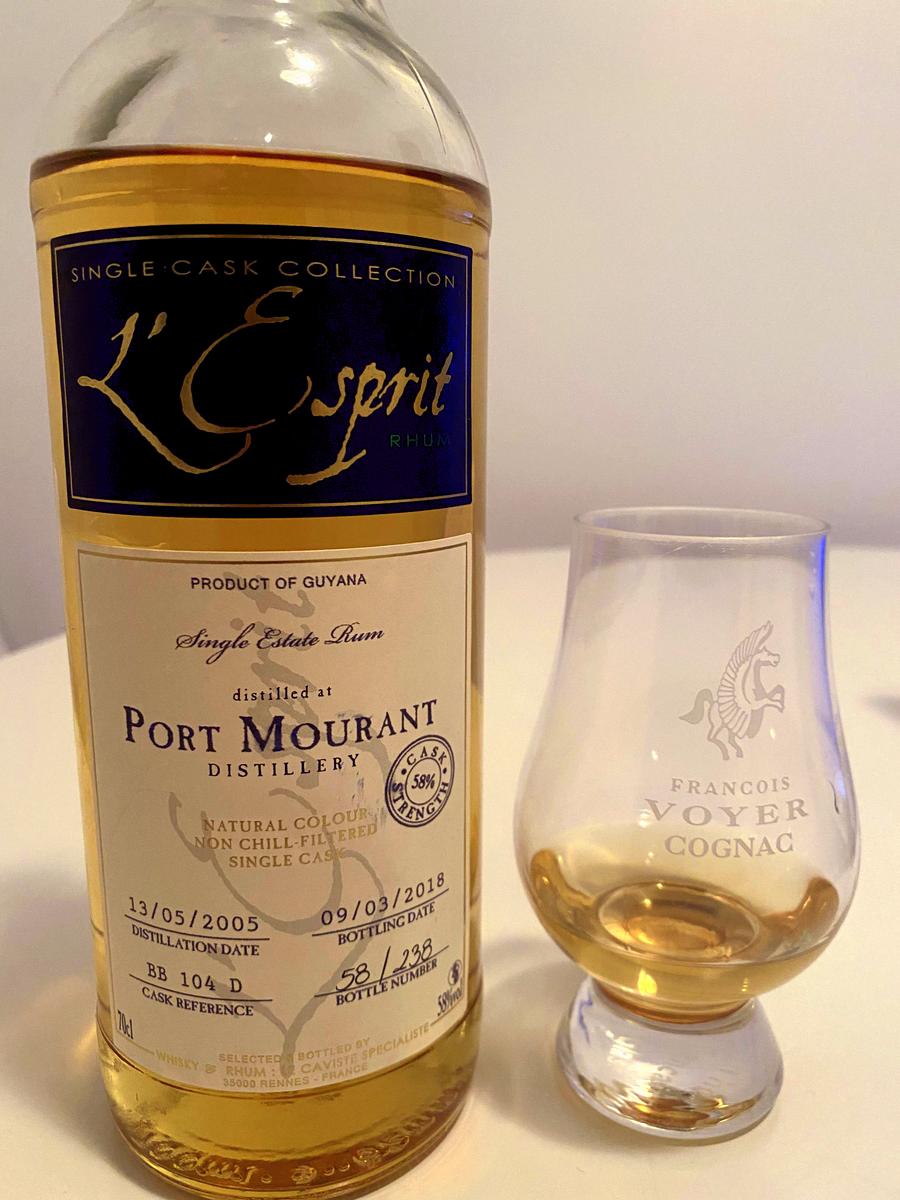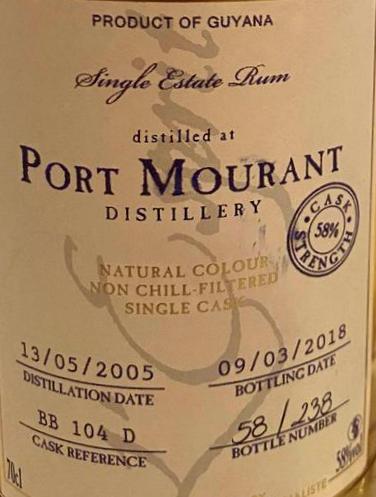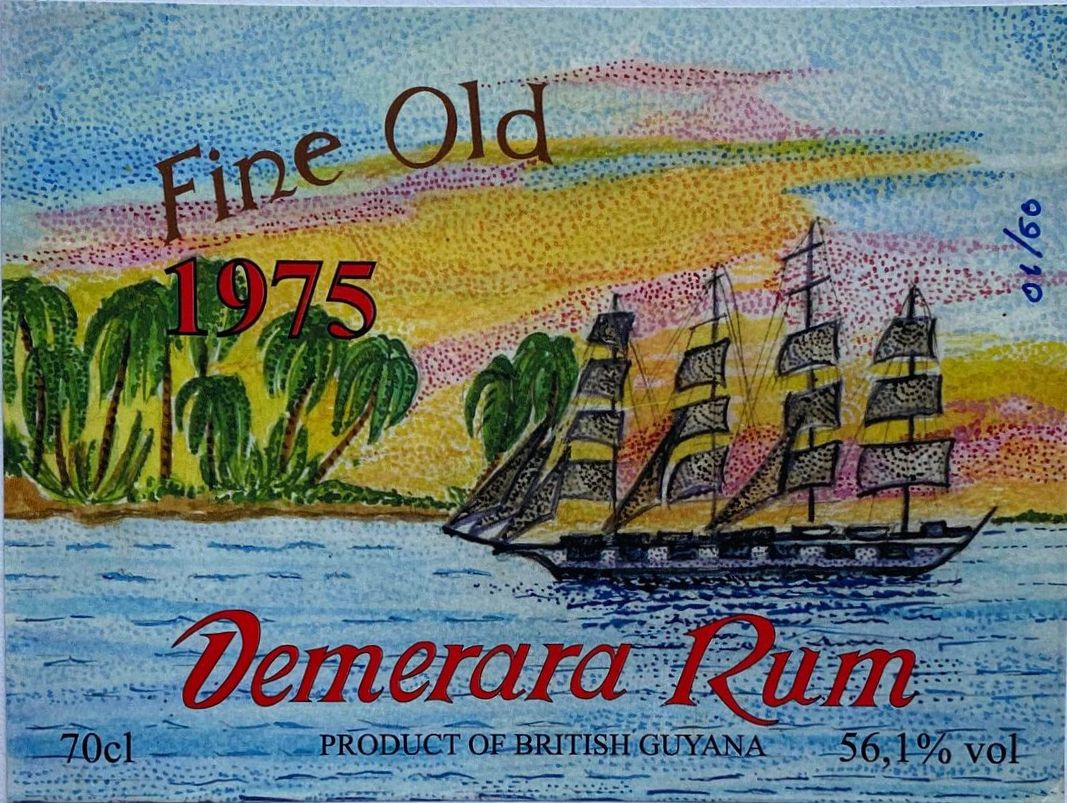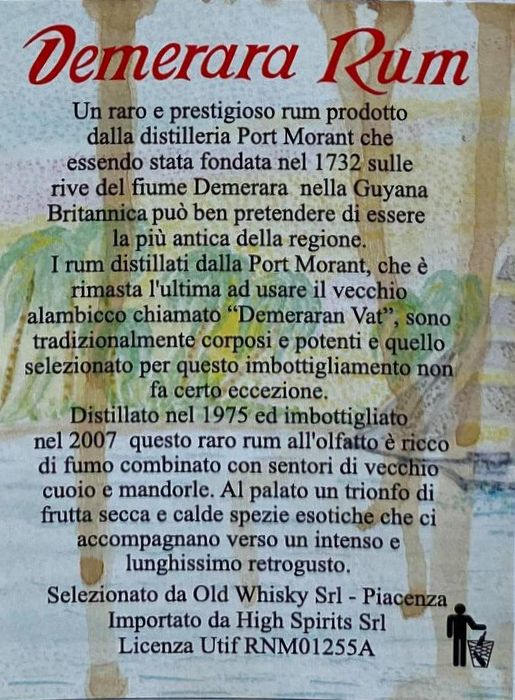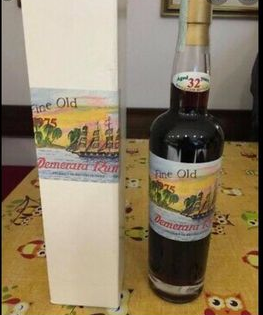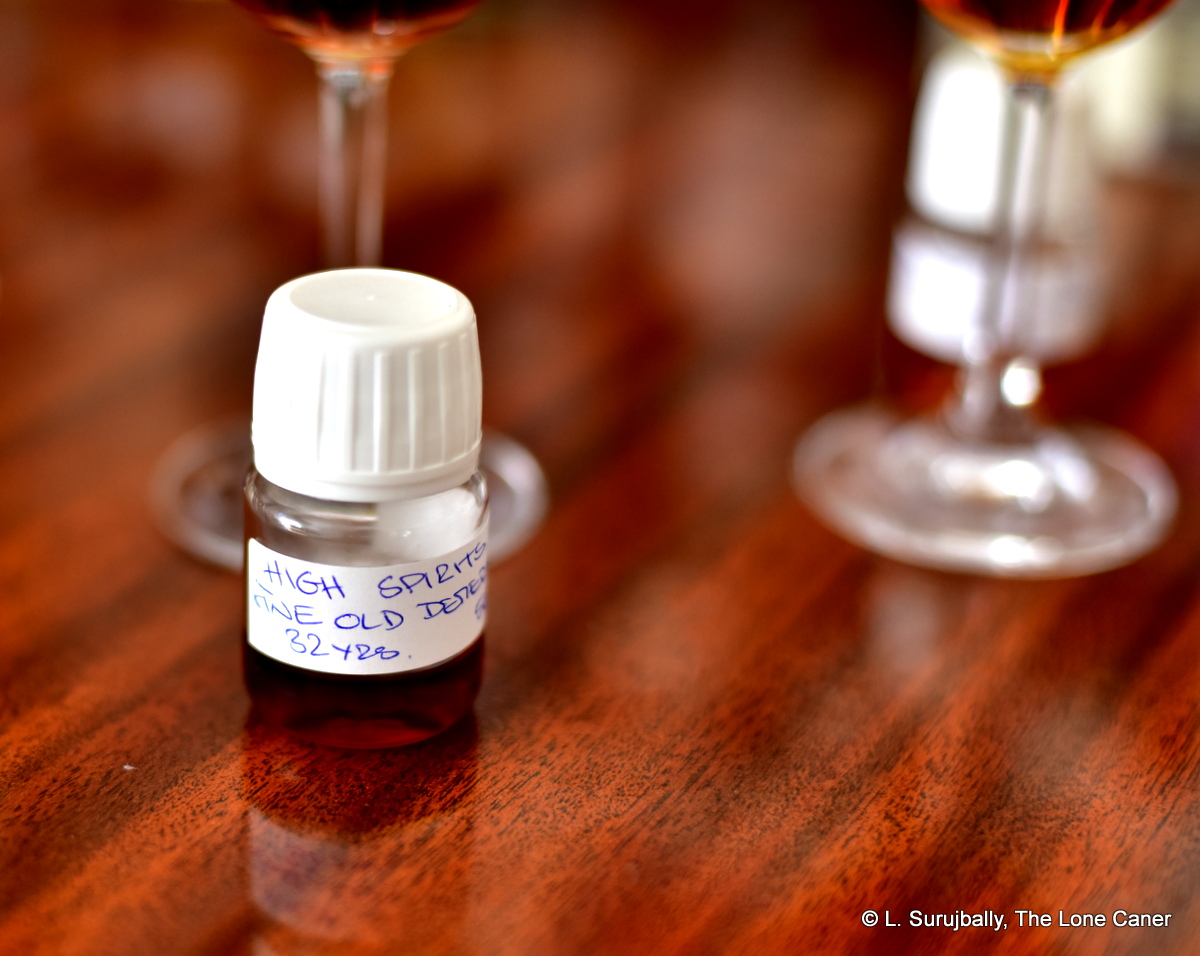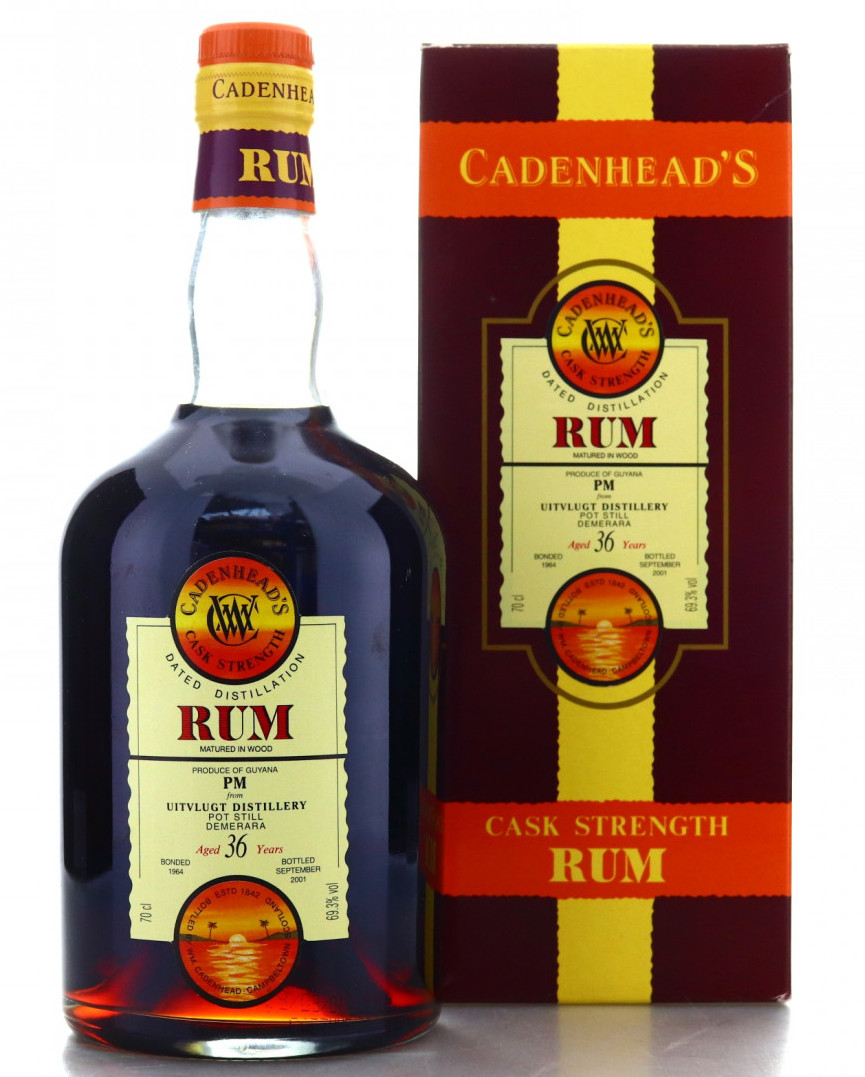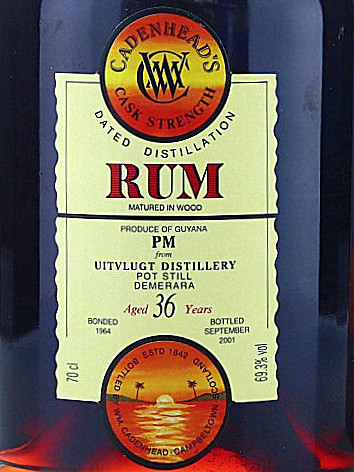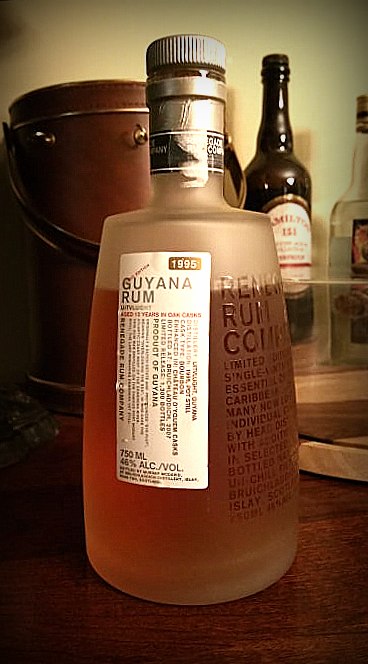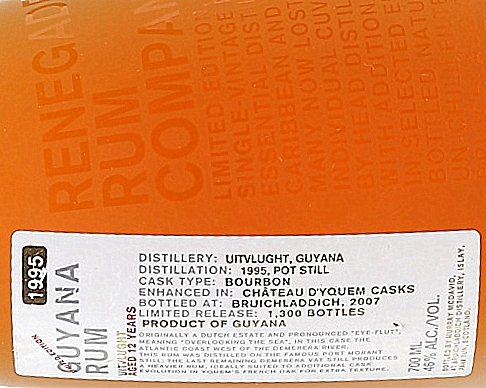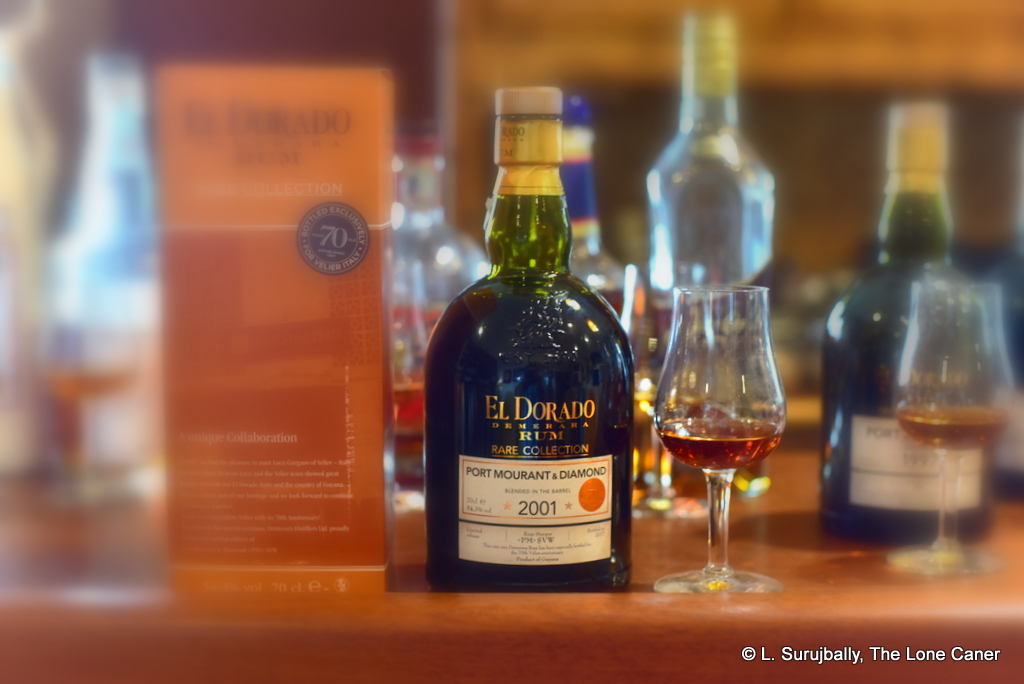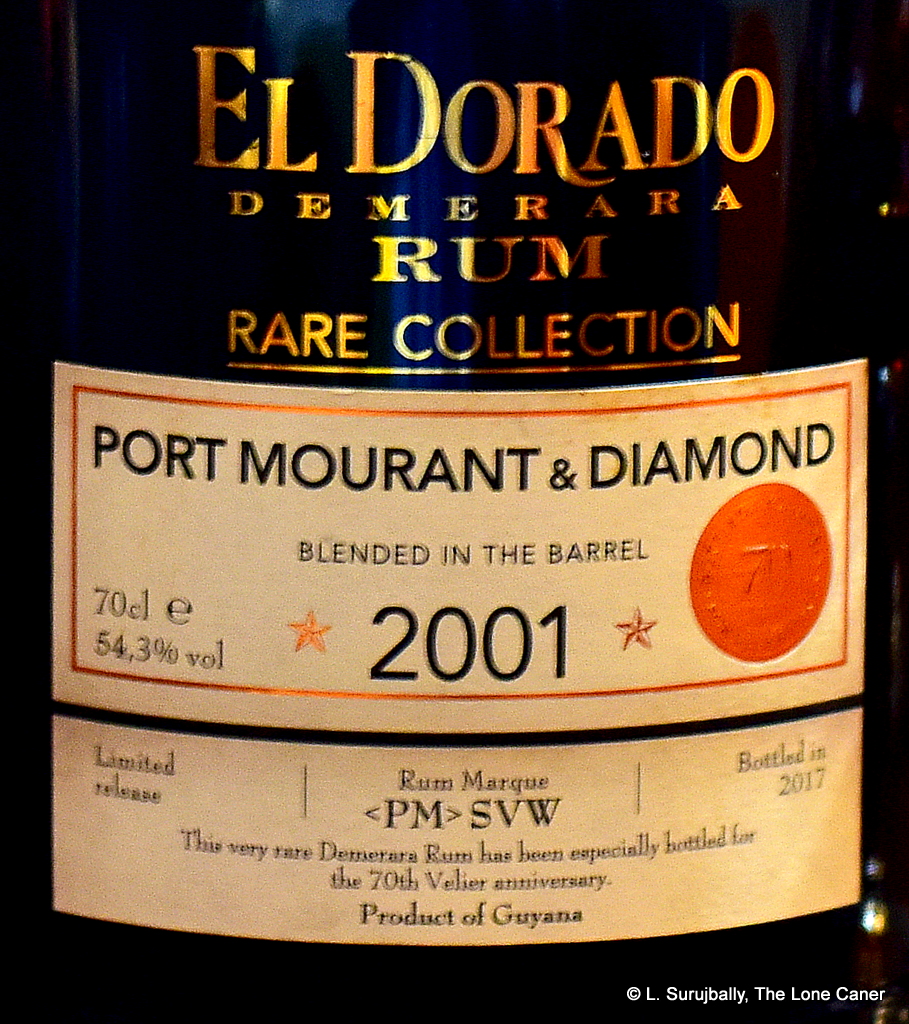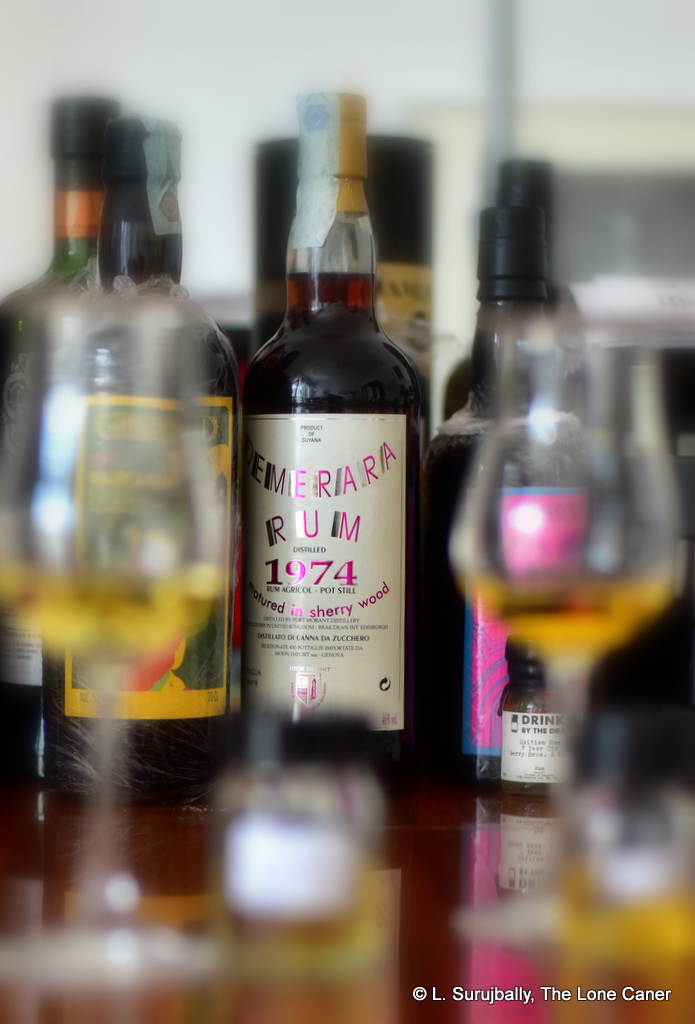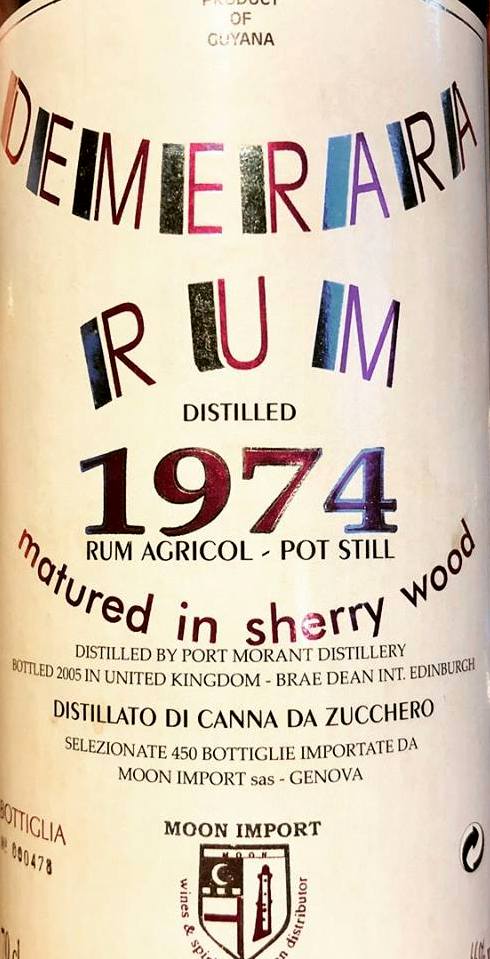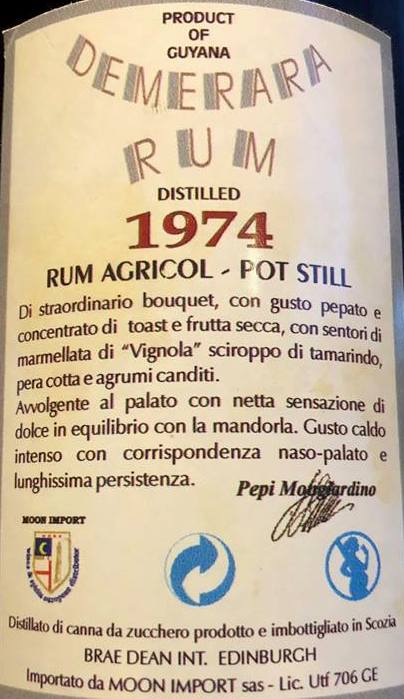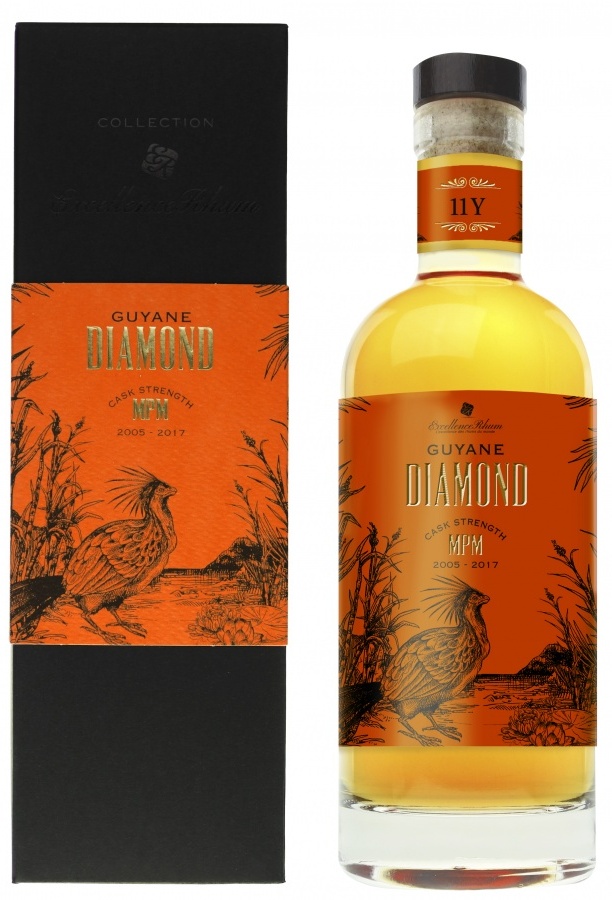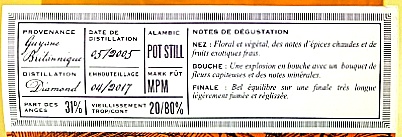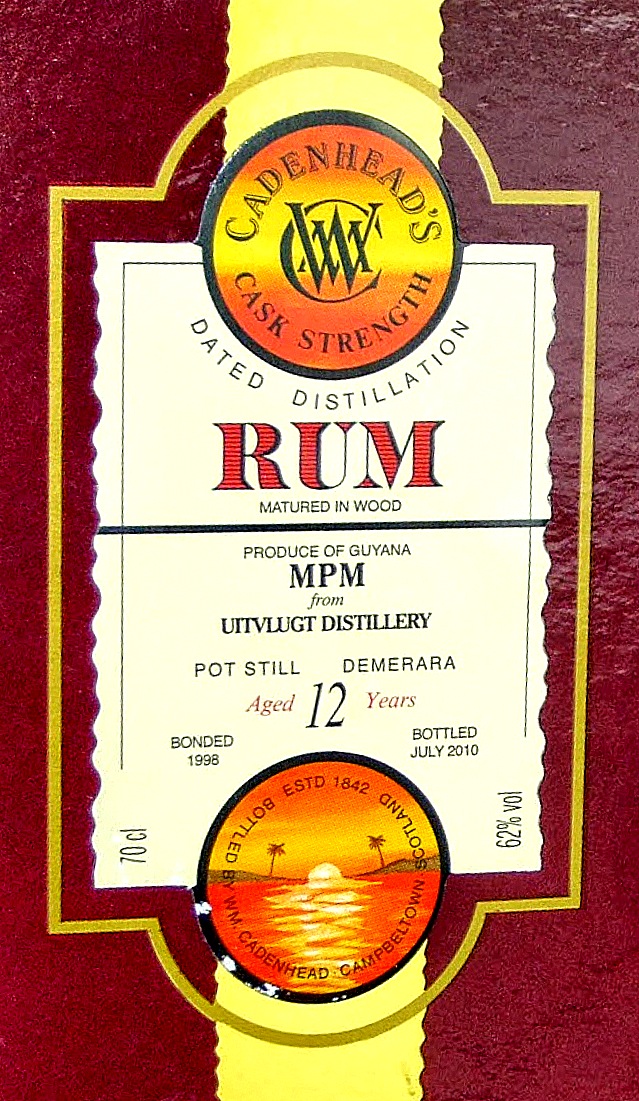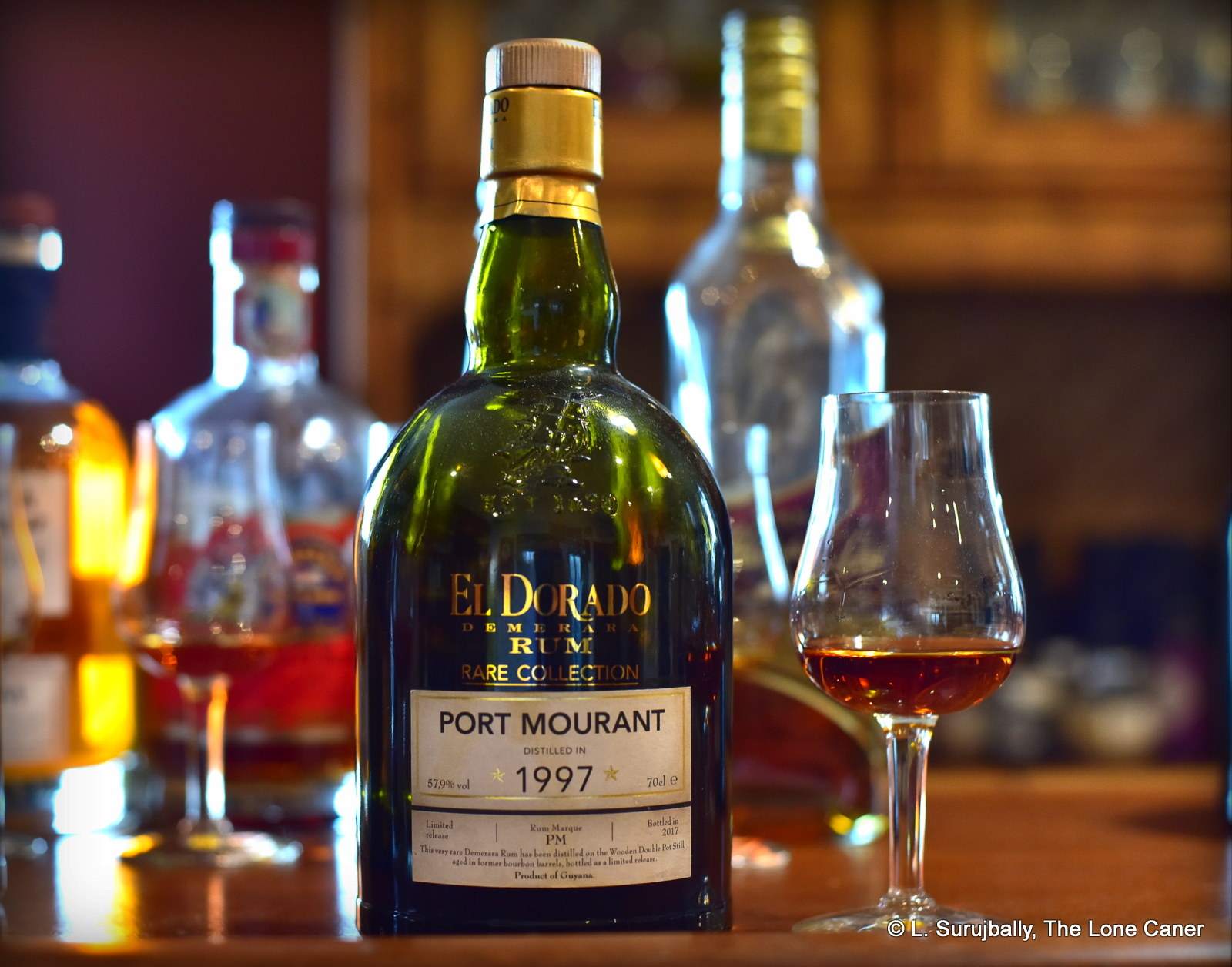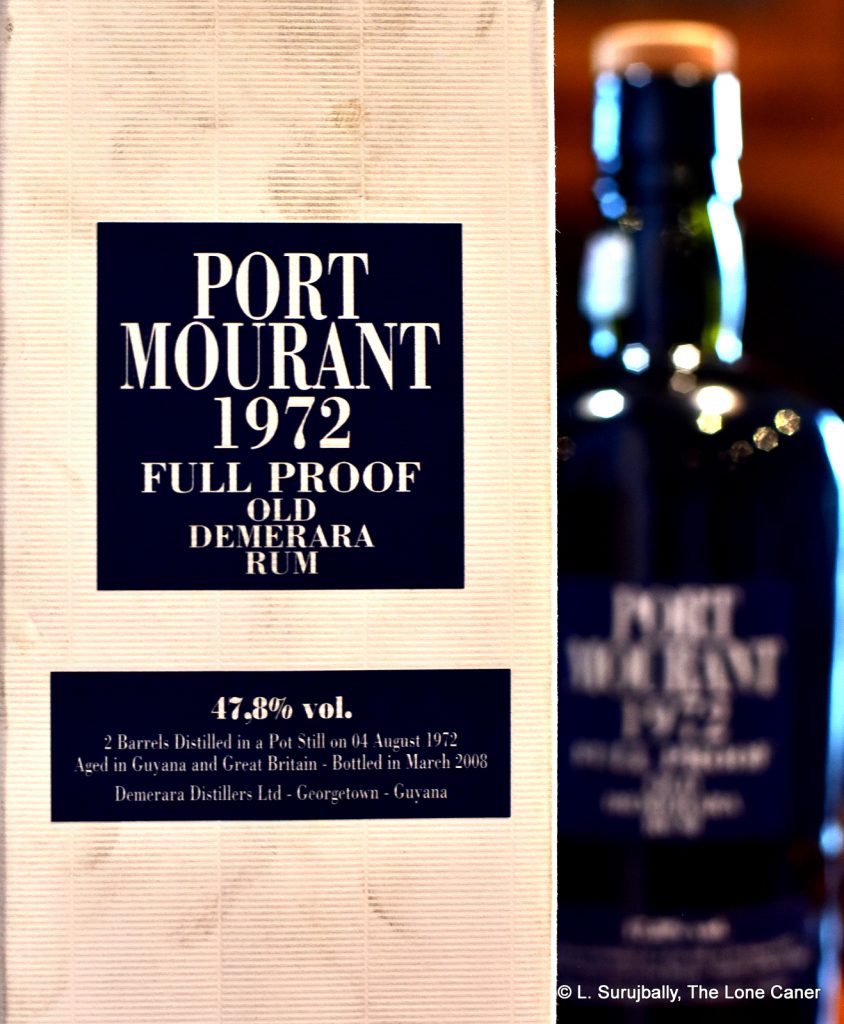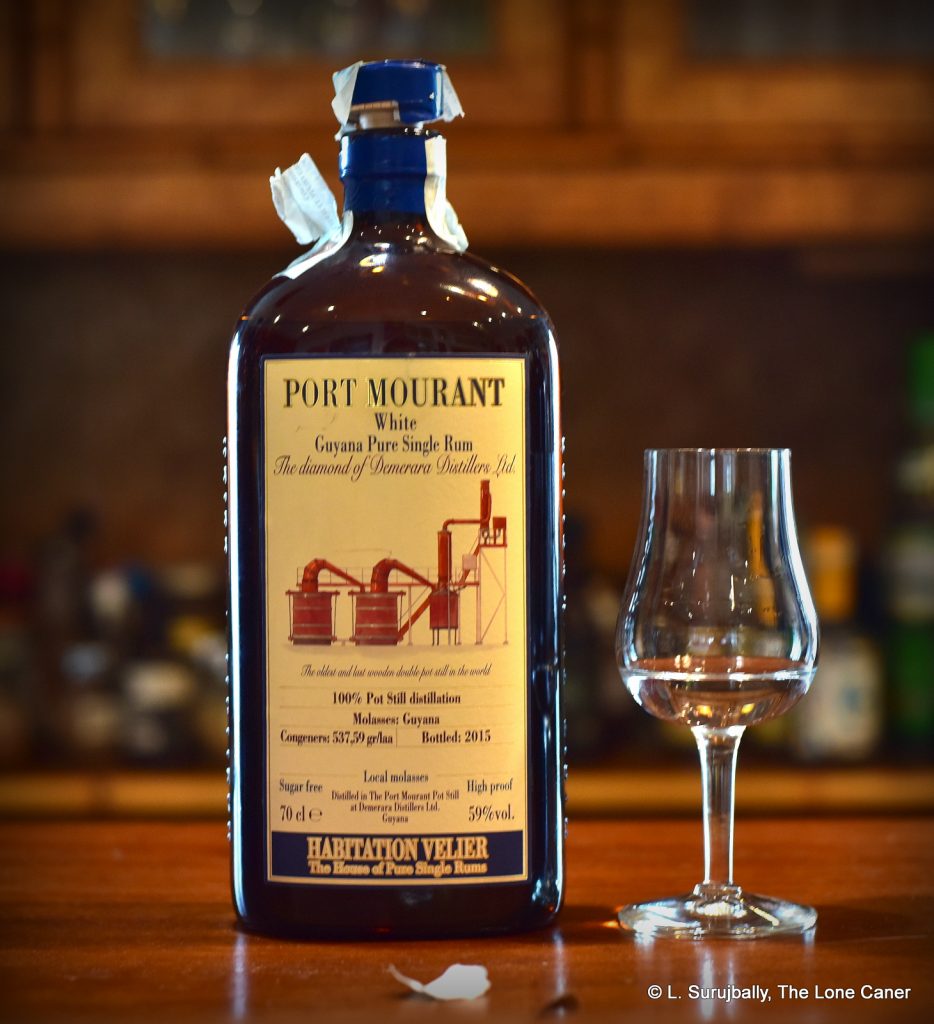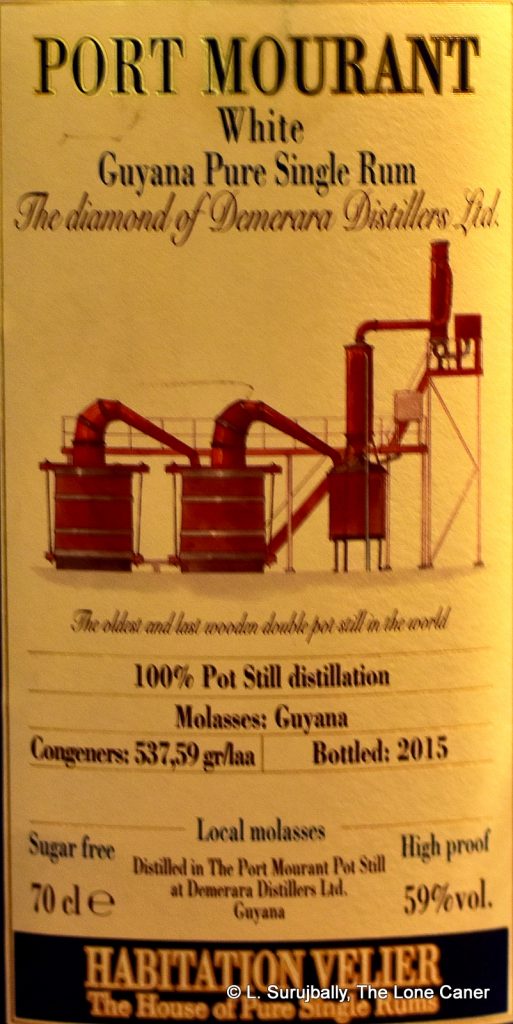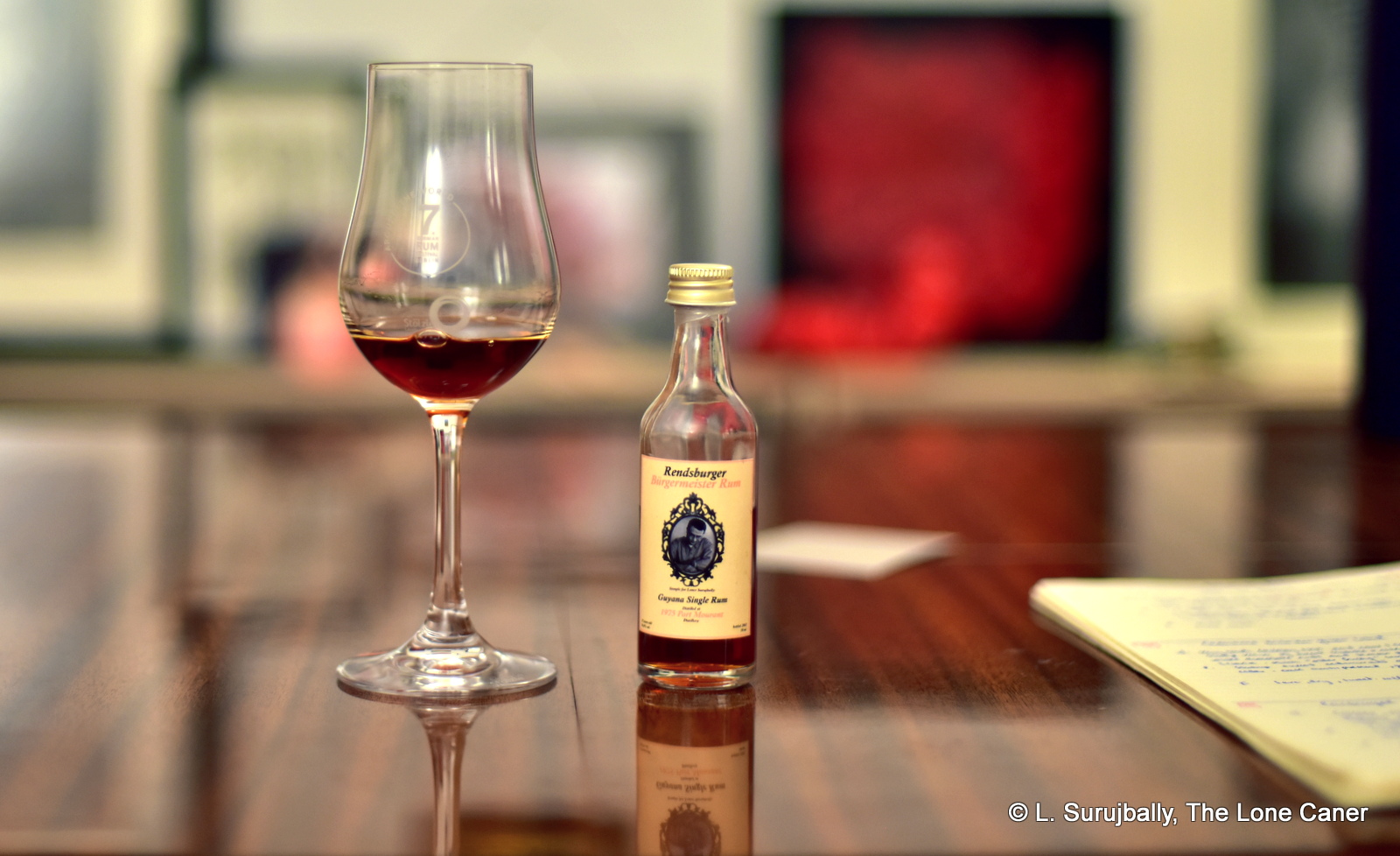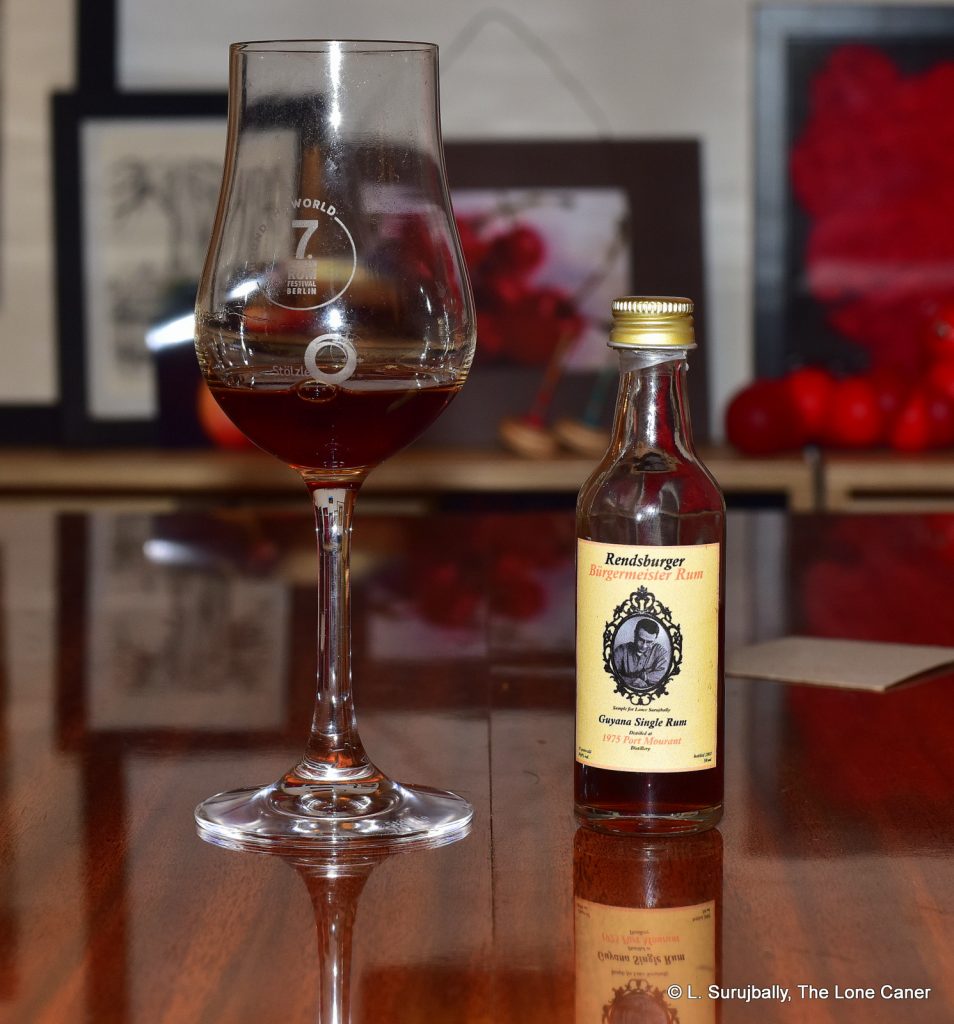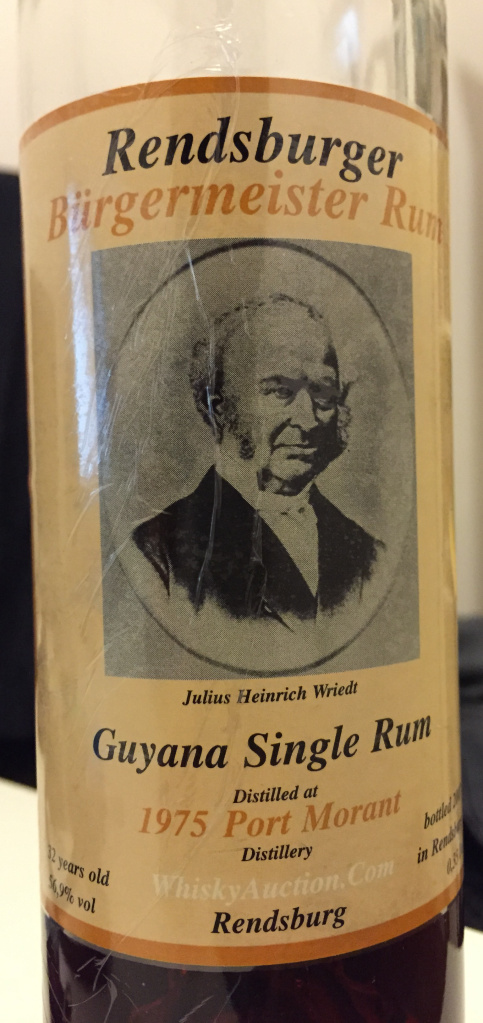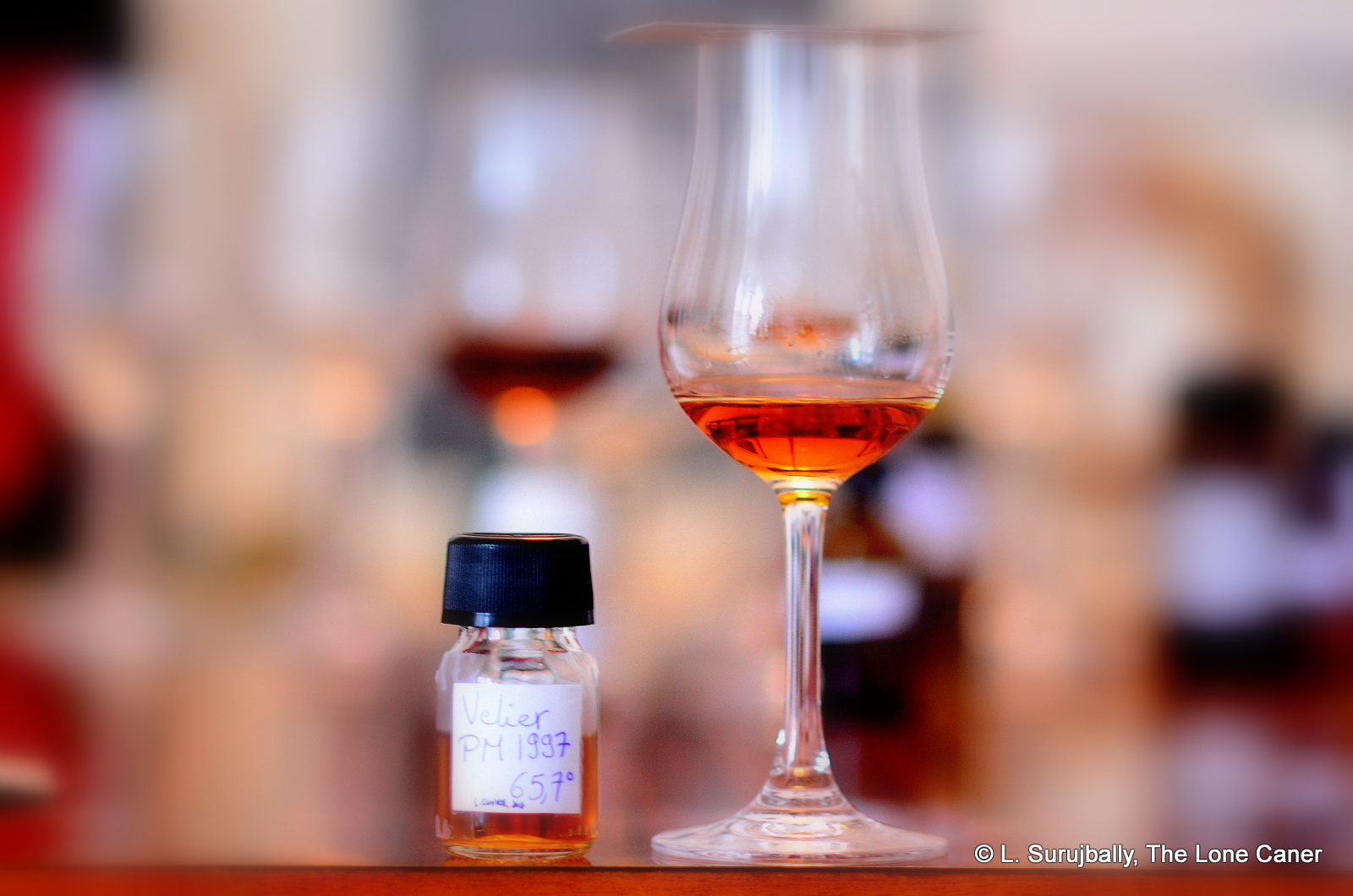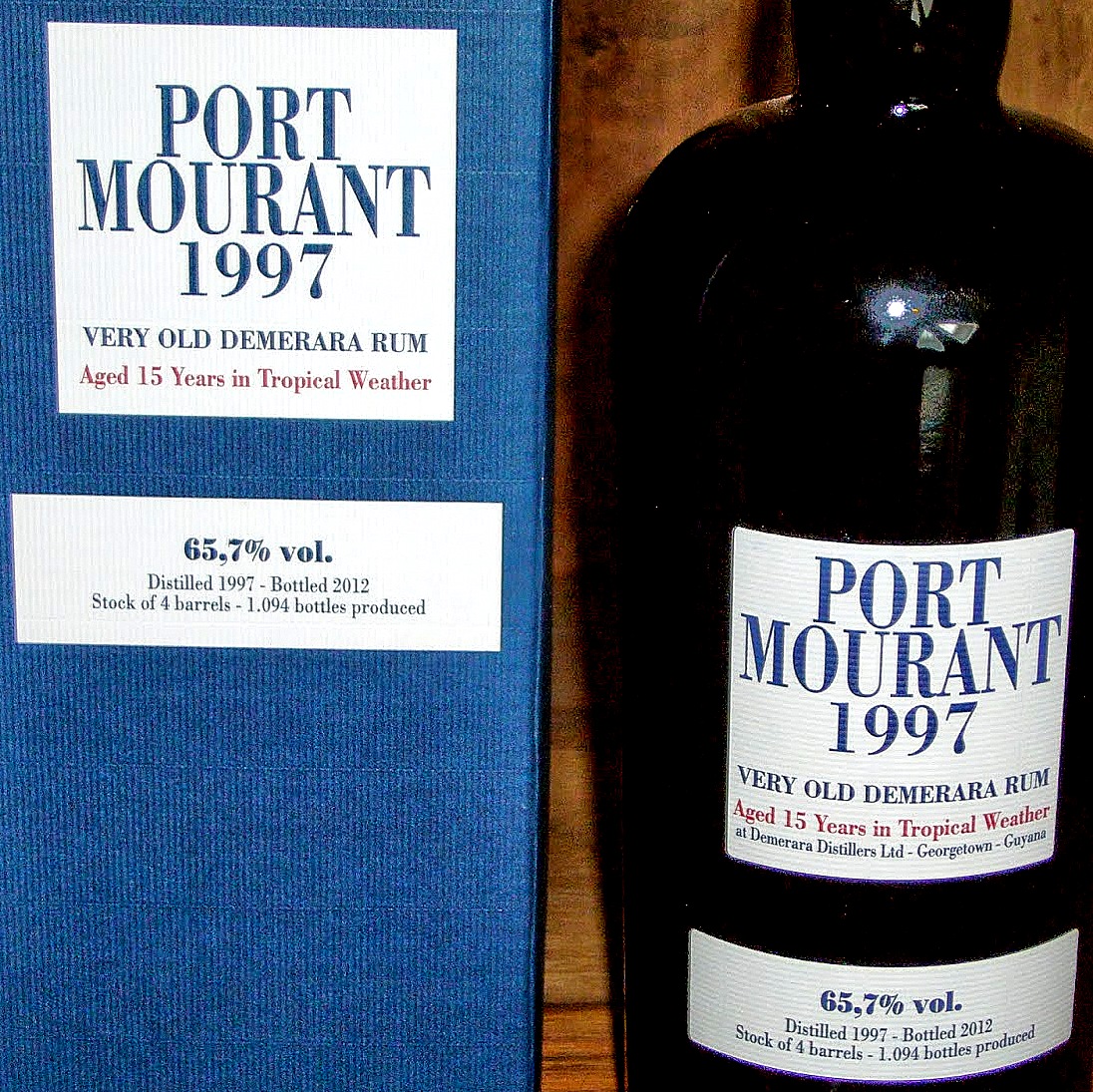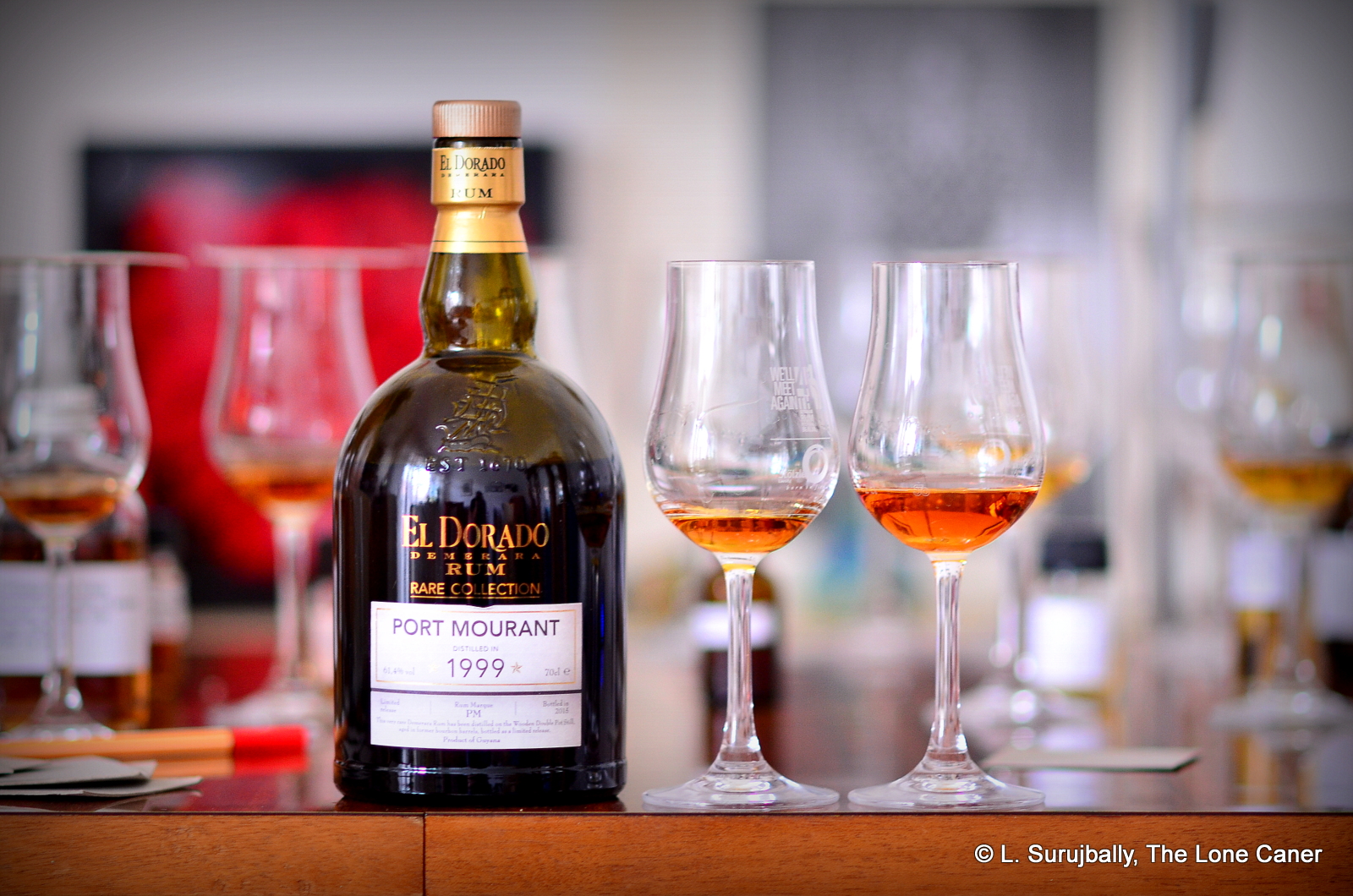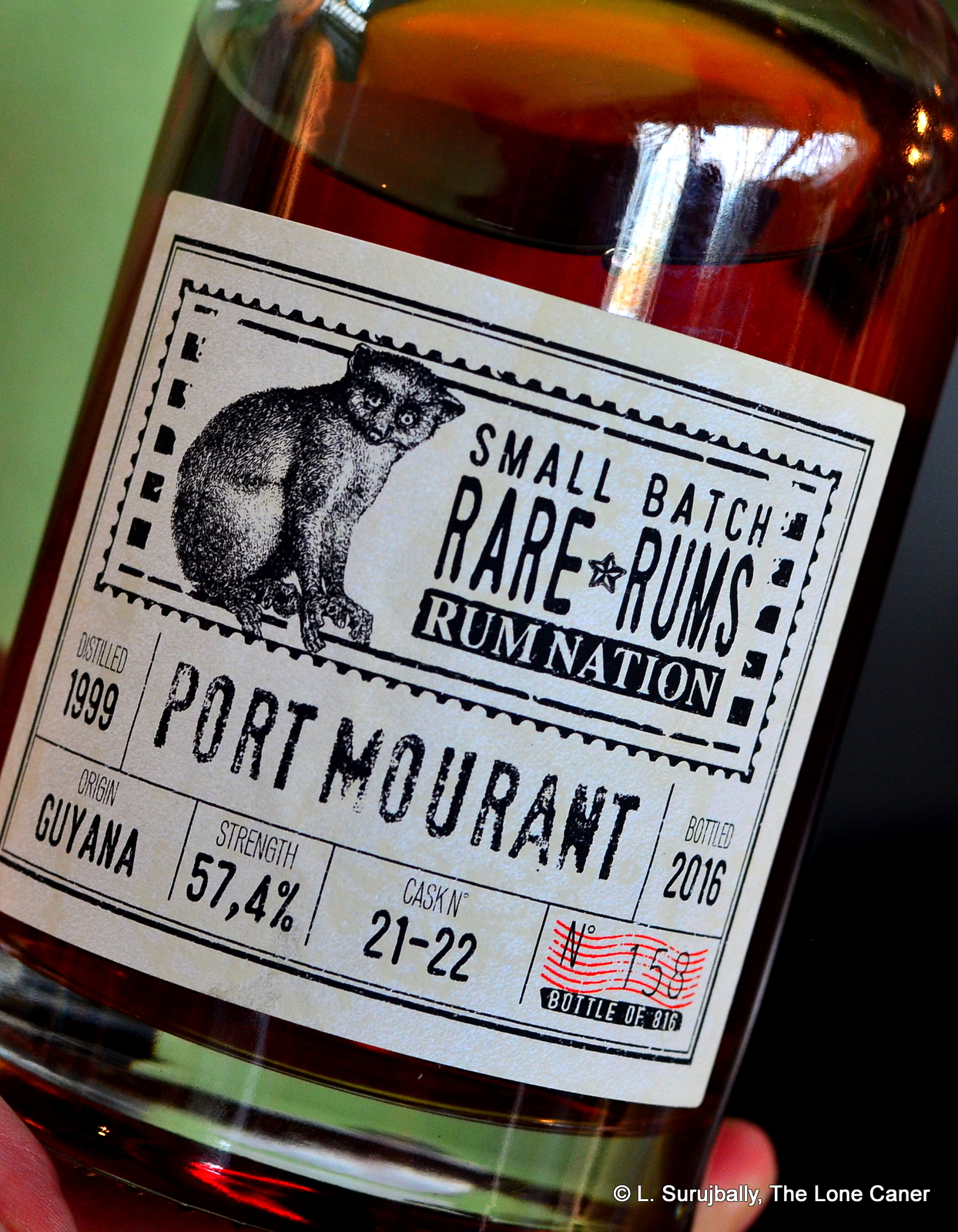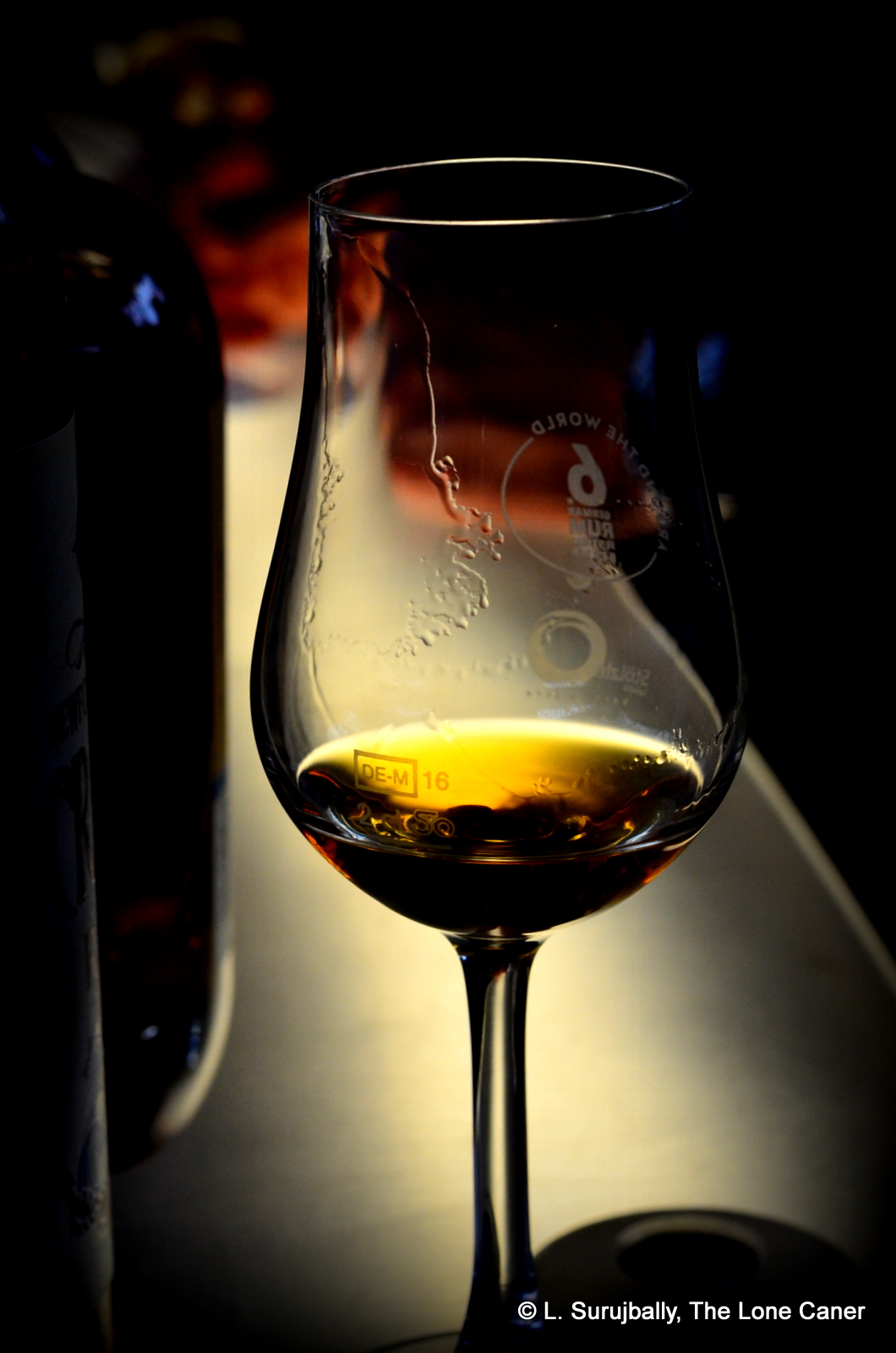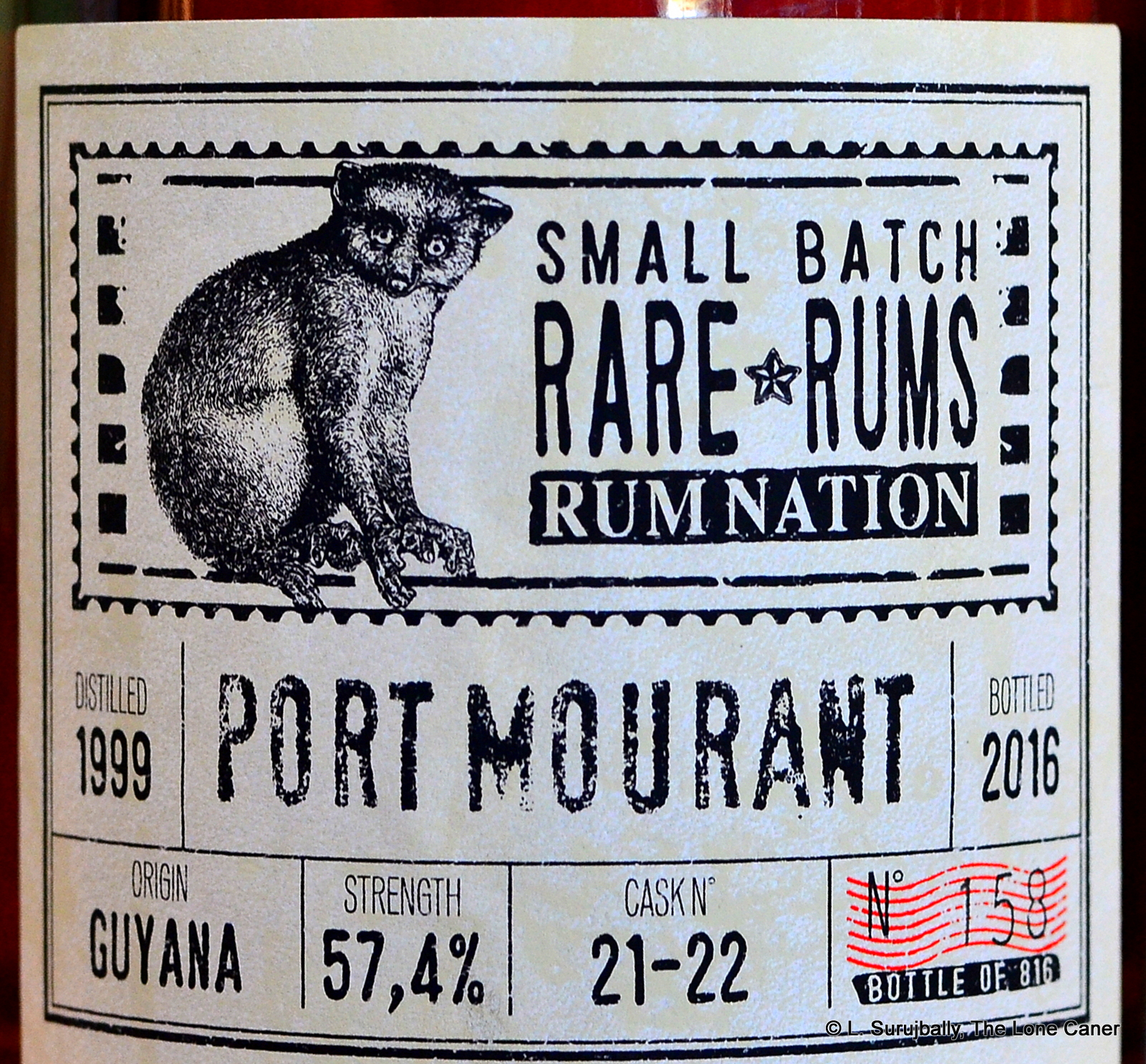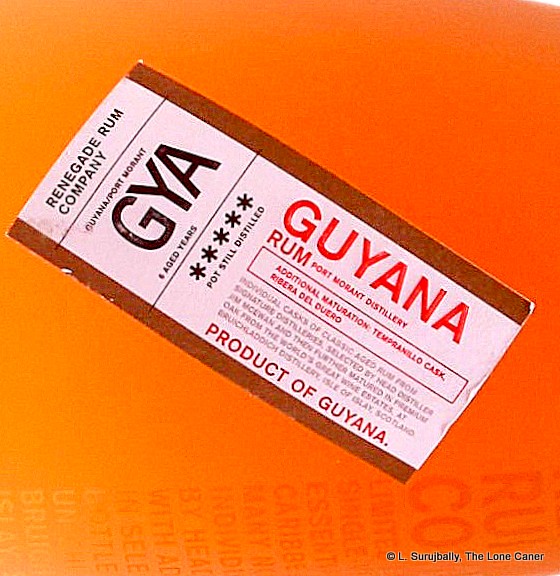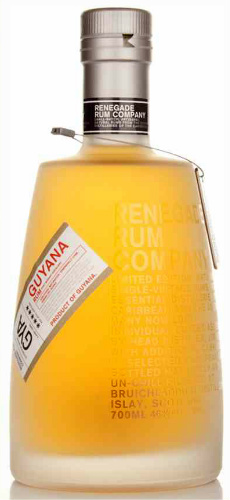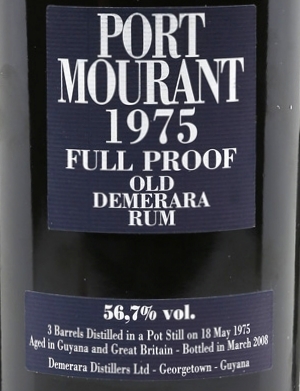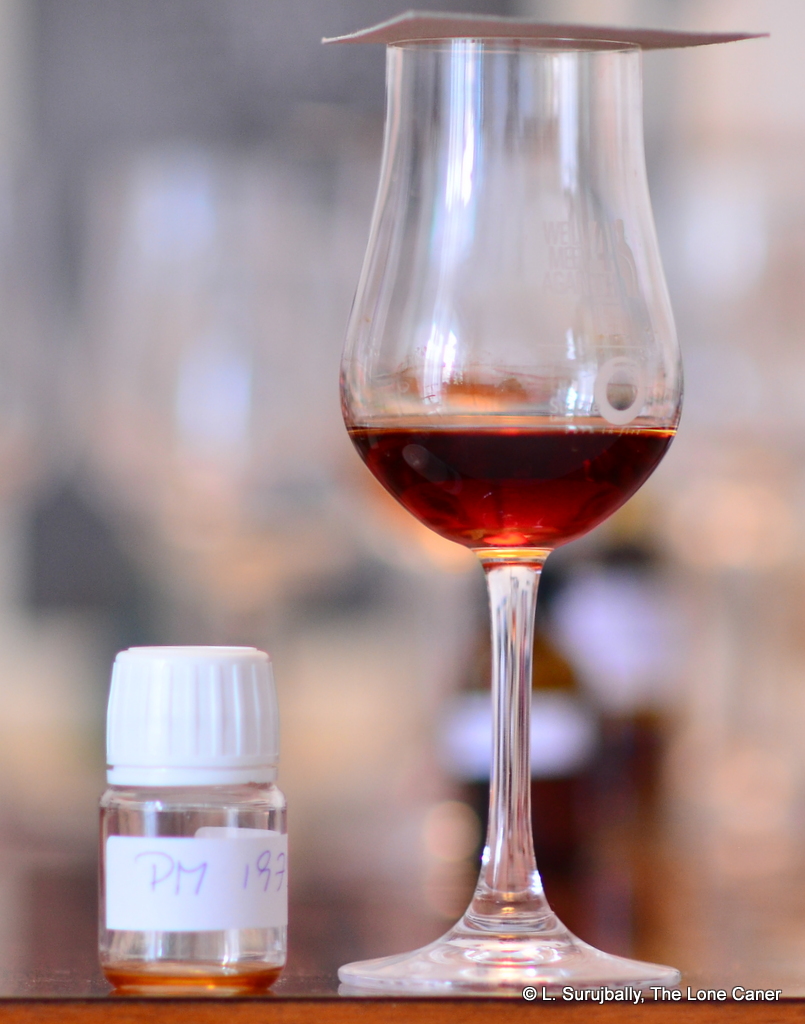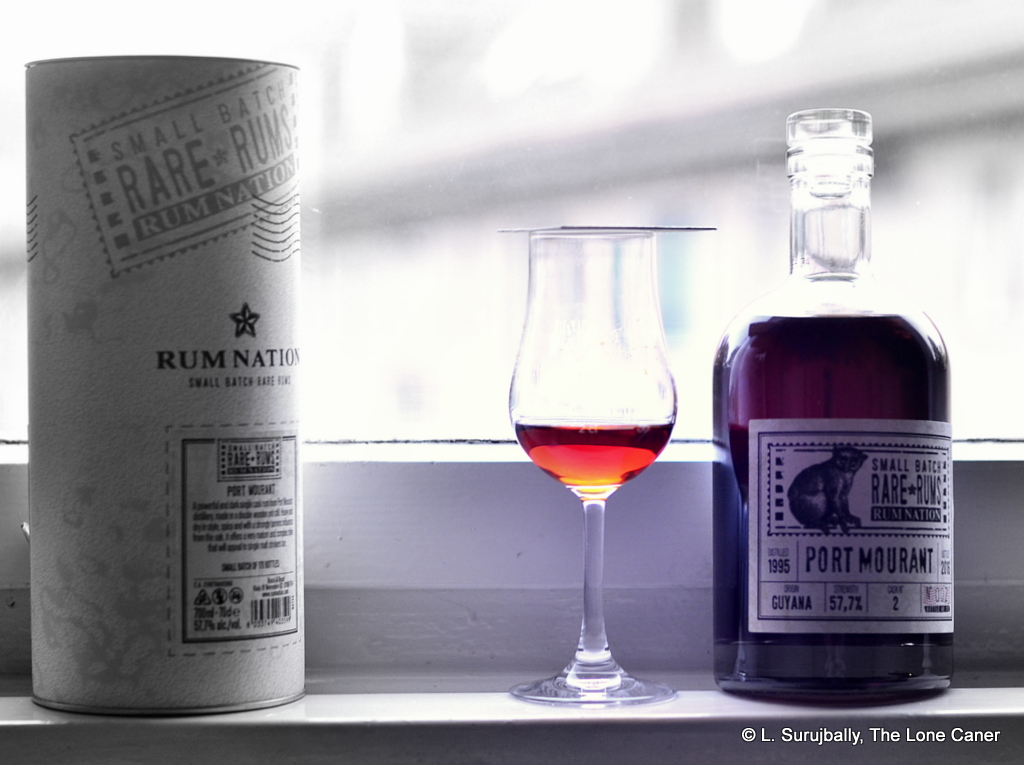Today’s review is all about an El Dorado rum from Guyana’s famed (and only remaining) distillery, DDL. The backstory is quite fascinating because it shines a light into how large companies which lack the nimble footwork and quick reaction time of small upstart independents, can — once they get going and commit their resources to the job — produce something really good. However, I’ll add that as a note below the main review so you don’t expire of boredom before discovering how the rum actually is.
The 12YO 2009 El Dorado rum, is one of the single still expressions which began to surface around 2018 or so with a surprising lack of fanfare. Most of these new products were from the three wooden stills, issued at 40%, with occasional outliers popping to the surface now and then – like store specialty bottlings, or the recent LBI edition, for example. However, there were attempts to muscle in on the high end market by providing some cask strength editions as well – this is one of them, bottled at 56.7% and from the Port Mourant double wooden pot still. But with the outturn, alas, not mentioned.
Well, since DDL no longer sells the heritage stills’ distillate for export, we should be grateful. And indeed, here, there is much to be grateful for, because while I must from the outset confess my preference and liking for the PM rums, even those who aren’t familiar with the profile or prefer other countries’ wares can find much to enjoy here.
Consider the nose: it starts off fruity, deep, dark and woody, with strong notes of plums, prunes and licorice: one might almost call that the PM signature scent. To that can be added cinnamon, a dusting of nutmeg and turmeric, well tanned leather and even a touch of smoke, plus some brininess and olives, but never so much as to overwhelm the core aromas. The strength really helps those pop, let me tell you – this is on par with any good independently bottled PM I’ve ever tried, and actually exceeds quite a few.
Does the palate hold up its end? Indeed it does – it’s lovely. Not too strong, not too sharp, just solid workmanship landing like a stone hammer on the tongue. Most of what is immediately discernible is fruit: lots of dark fruit, a smorgasbord of fruit, black cake levels of the stuff. There are prunes, plums, apricots, orange slices, blackcurrants, ripe purple cherries, dragon fruit, lychees…the list goes on. In a lesser rum these might have been too tart, but they are anchored by duskier tastes of licorice, cardamom, cinnamon, honey, caramel and a kind of freshly planed cedar plank that makes a powerful statement all by itself. The finish dials things back a notch and exits the scene with a soft summing up of the preceding: honey-caramel, fruit-infused black cake, anise, vague tannins and some citrus to tie the lot up in a bow.
Honesty compels to me to admit that my tastes bend towards the PM profile, and I’ve had a lot of experience with rums from that still; and so I tend to be a bit more enthusiastic than others whose preferences are understandably elsewhere. The woodiness and anise notes of a PM (of any age) aren’t necessarily for everyone.
But I acknowledge the achievement of DDL here, and sing the praises of this rum, because while indies nowadays get the lion’s share of the encomiums and hosannas for presenting a new Guyanese rum they got from Scheer or some broker, the original distillery, with all those magical stills, isn’t sitting on its ass and waiting around for sales to happen. However slowly, the company is trying to take note of the market and make some hi-test hooch that some people – a sliver of the rum-swilling population to be sure – might actually want to drink and collect and pay real money for.
In other words, DDL is not going gently into that good night or resting on past achievements, but moving, developing, adapting. With this 12 YO from 2009, they show they’ve lost nothing, forgotten nothing, and can still do serious work….and here, have produced a scintillating gem of a rum, one that I’d be happy to buy again.
(#1086)(87/100) ⭐⭐⭐⭐
Other notes
Background
It is interesting to witness the evolution of DDL and the rums coming off of those famed heritage stills. The best known of these are the wooden stills commonly named Versailles (single pot), Port Mourant (double pot) and Enmore (coffey), with the French Savalle right alongside, and the somewhat less known high ester still lurking in the background.
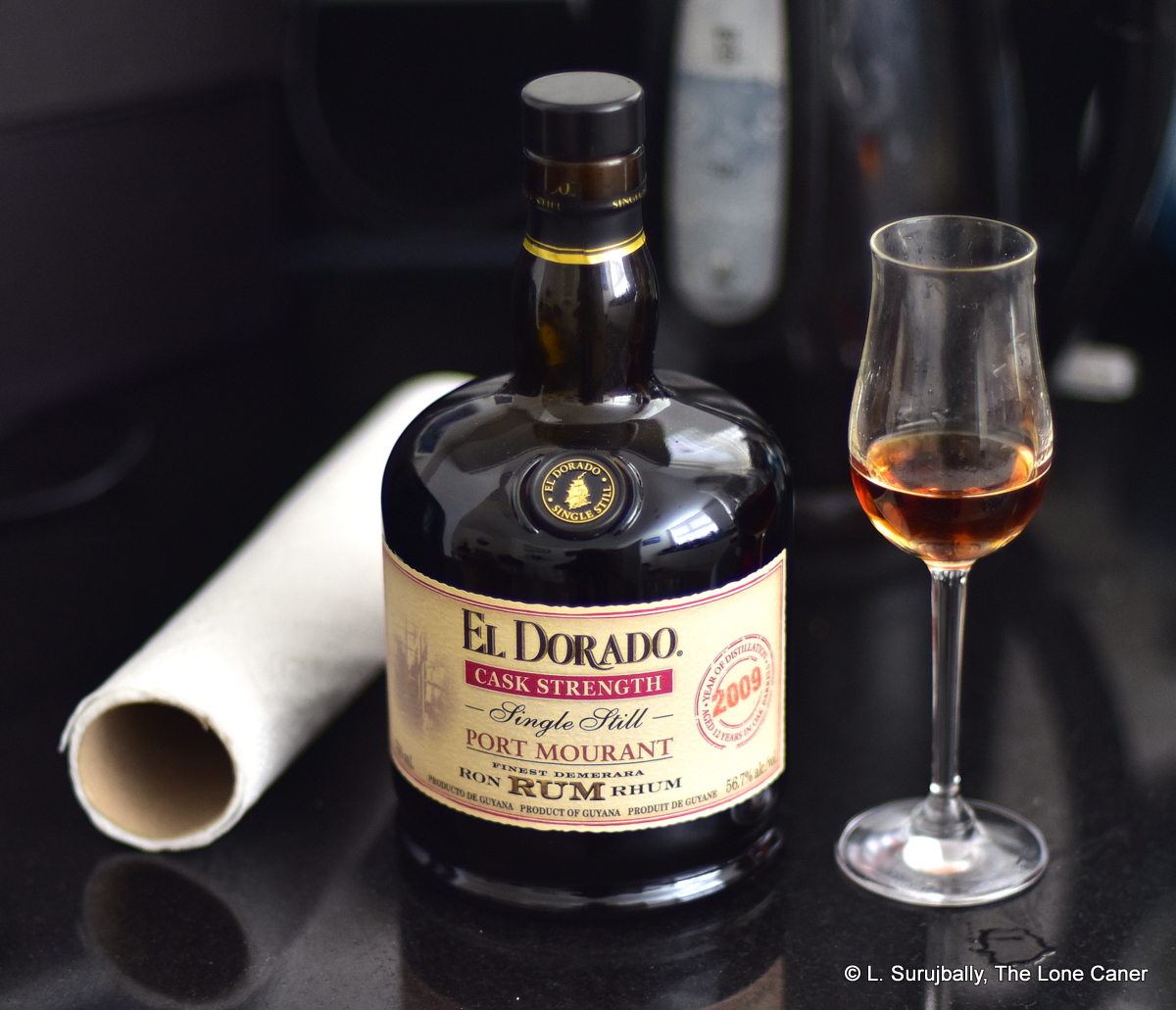 Back in 1992 (when the ground-breaking 15 YO made its debut) and until around 2014 or so, the various stills’ outputs were blended in varying proportions to make up the standard line of the company’s El Dorado rums (including the local versions such as the King of Diamonds). These were the 3YO, 5YO, 8YO, 12YO, 15YO, 21YO and the occasionally-issued 25YO. No one outside the company knew, let alone much cared, about those stills, and they were not seen as selling points. Until, that is, Velier started issuing rums and showcasing the stills specifically and creating an enormous swell of interest in them.
Back in 1992 (when the ground-breaking 15 YO made its debut) and until around 2014 or so, the various stills’ outputs were blended in varying proportions to make up the standard line of the company’s El Dorado rums (including the local versions such as the King of Diamonds). These were the 3YO, 5YO, 8YO, 12YO, 15YO, 21YO and the occasionally-issued 25YO. No one outside the company knew, let alone much cared, about those stills, and they were not seen as selling points. Until, that is, Velier started issuing rums and showcasing the stills specifically and creating an enormous swell of interest in them.
Seeing the popularity of these limited edition single-still full-proof bottlings, DDL stopped issuing rums to Velier in 2014 and launched their own “independent-style” rums that showcased the stills – they were called the “Rare Editions” and three series over three years were issued. However, they did not always sell well for various reasons — and for a company which was used to selling hundreds of thousands of bottles at a marginal price point, it could not have been that interesting to have a few hundred or a few thousand expensive bottlings not contributing to the bottom line…and so the Rares were eventually pulled. DDL experimented with other versions like the 12YO and 15YO wine aged editions, the quartet of blended-in-the barrel rums called “Four Colours,” the occasional high end vanity releases like the 50th Independence Edition, or occasional new 25YOs. None really took off.
However, starting in 2018 or so, they took a new tack: they started issuing various aged rums that showcased the stills directly, and instead of making them special editions, they simply added them to the standard El Dorado lineup, using the same bottle shapes, and only slightly varying the labels. There were three main types: one was a series of vintage 40% rums from the three individual wooden stills, which have a broader consumer appeal (not the least because of the unthreatening strength); then a series of full-proof bottlings of varying ages, sometimes single still, sometime single barrel, sometimes for third parties (like Wine & Beyond’s 2006 and 2012 releases); and lastly the cask strength single-still releases that are the grown-up versions of the forty percenters mentioned above.
What distinguishes such specialty releases (which is what they are) is that they are folded into the same visual ethos of the “regular” line of 12-15-21 year old rums, so there is instant recognizability – indeed, in some cases the look is so similar that they are in danger of being overlooked/ But they are distinct and they are DDL rums and while there is, as there must be, some variation in quality, overall I believe that such series of rums are now firmly part of DDL’s portfolio, and that’s a good thing for all of us.
